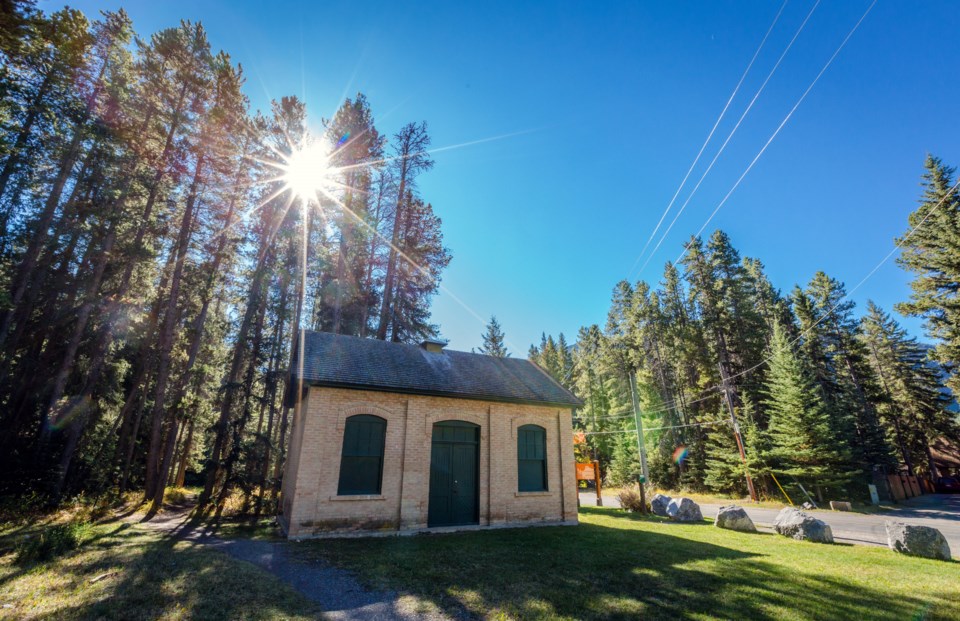BANFF – The Town of Banff is embarking on a heritage master plan with an overall goal of saving treasured properties.
As part of the 2022-24 operating budget, council indicated support for proceeding with the long-awaited heritage master plan, rolling over $40,000 initially set aside in 2021 into 2022.
Town of Banff officials say a heritage master plan is intended to consider best practices and provide a set of new tactics or tools with which to explore new incentives to preserve and protect heritage resources.
“When we lose heritage, we lose it forever,” said Darren Enns, the director of planning and development for the Town of Banff.
“It’s been a long time since we’ve looked at new tactics and tools and we feel like we’re definitely behind the eight ball on that front.”
A heritage master plan would cover a range of options to preserve and protect heritage, and could include mechanisms used in other communities such as density a transfer program, a heritage district analysis, options for financial incentives and bylaw amendments.
Currently, the Town does offer a financial incentive for heritage property owners seeking municipal designation of properties: a grant in aid of municipal property taxes, capped at $45,000, or a matching restoration/rehabilitation grant, capped at $25,000 for residential and $50,000 for non-residential.
Councillor Chip Olver said she is delighted that work will move ahead on the heritage master plan, which was identified as a priority in council’s 2019-2022 strategic plan.
“We have made wonderful progress in terms of designating built structures as heritage resources, some wonderful homes around town that are captured in our heritage walking tour,” she said.
“I do think it’s time to have a master plan and I just wanted to be assured by administration that their heritage master plan will address our municipal heritage resources including the Old Banff Cemetery.”
Enns said the plan would cover both private and municipally-owned properties.
“My perspective has always been that we’ll be agnostic on the issue of ownership. If it’s a heritage resource it matters, and whether it is a Town of Banff one or a private one, they all matter,” he said.
“The tactics that come out of them might be different. We might have different directions in terms of what we could do for a municipal resource versus private ones, simply because of the level of control.”
Work on the plan has been delayed due to the COVID-19 pandemic and staff turnover in the planning and development department, including the departure of a heritage planner.
The final plan would be delivered by an independent heritage consultant with demonstrated heritage planning and conservation related experience.
There are several heritage properties legally protected by municipal designation bylaws in the Banff townsite, including both private and municipally owned.
They include Harmony Lane (1917), Luxton Residence (1905), Beaver Lodge (1913), Tanglewood (1887), Dave White Block (1908-1913), Tarry-a-While/Scahffer-Warren Residence (1911), Masonic Lodge/Cascade Hall (1924), Crosby Residence- Abegwait (1913), Crandell/Peck Cabin (1907), St. George-in-the-Pines (1887), Bow River Bridge (1923), Banff Power Substation (1905), Old Banff Cemetery (1890), MacKenzie Residence (1945).




